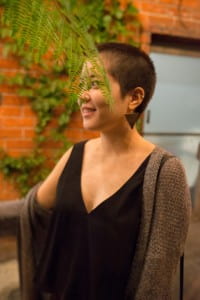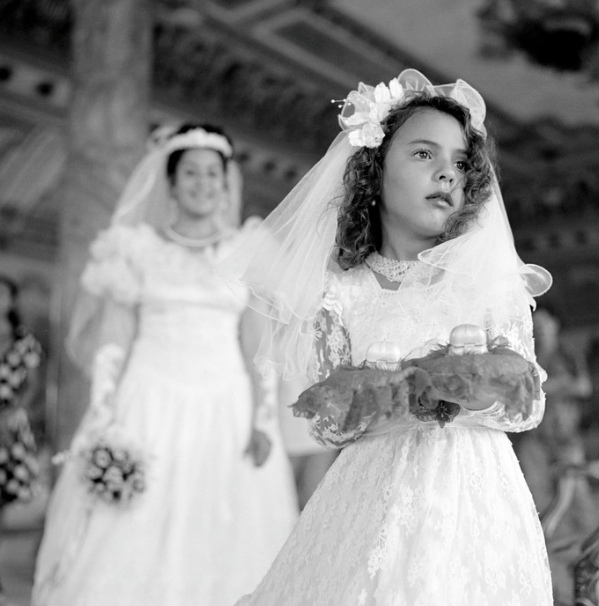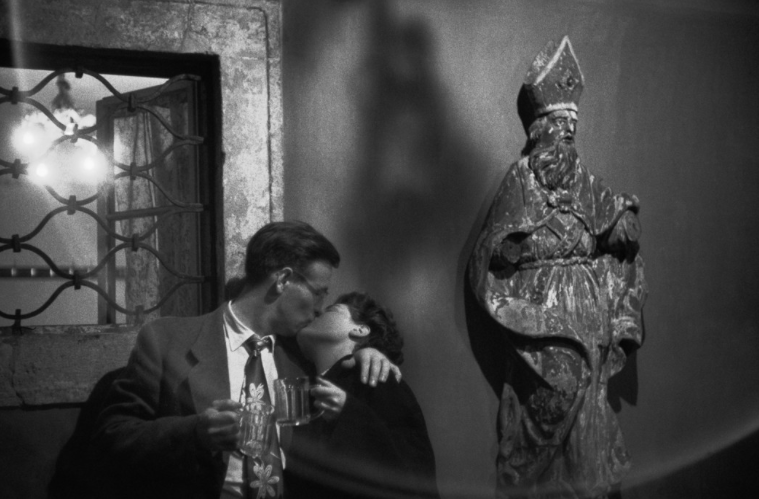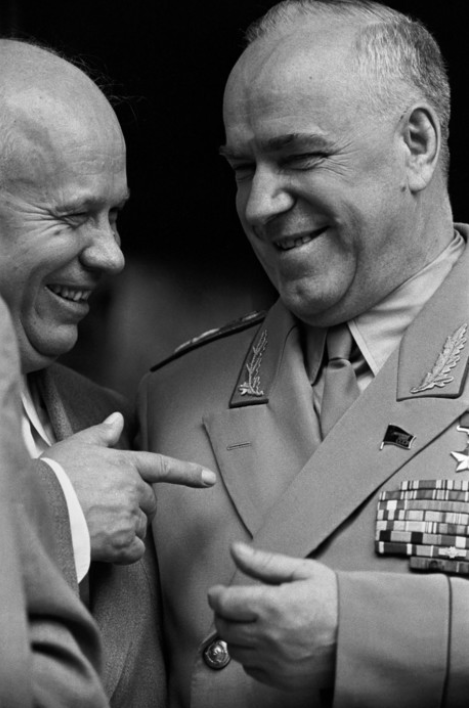Great photojournalism is honest. Rather than present a biased view of conflict, the most effective images choose to show essential truths that ultimately aspire to inform and promote ways to end the conflict at hand. One photographer who has consistently produced meaningful and wide-reaching work is Ron Haviv, who has photographed over 25 conflicts over the span of his career. One of his most renowned works of photojournalism is his coverage of the Balkan Wars, which produced many images that not only showed the atrocities endured by civilian victims, but also used as evidence to indict paramilitary leaders after the fact. One of the many great images from his work in the Balkan Wars is of a Serbian man attempting to put out a fire in his home in the suburb Grabvica outside Sarajevo, Bosnia and Herzegovina.
Haviv’s image contains both strong content and aesthetics that makes it effective. What is physically shown in the frame is rather straightforward: a man is tossing water out of his window at the adjacent room in an attempt to stop a large fire. We see the decrepit windows above and below the subject, which tell us that the building has already been ransacked. The muted beige color of the surrounding windows amplifies the saturated colors of the man, the green bucket, and the burning fire. The bright colors of these subjects in contrast with the scale of the surrounding frame contributes to the dramatic tone of the image. In addition, the shutter speed was rather high when the image was taken, completely freezing the water in midair and making the overall frame more jarring. The caption reveals that Serb arsonists have lit this man’s house on fire to force him out of the city in opposition to the Muslim led Bosnian government. Overall, the image tells us exactly who is being affected by the conflict at hand: innocent civilians.
The simplicity of the content of Haviv’s image lends itself to interpretation. One apparent theme within the photograph is futility, not just of the man’s action, but in relation to the Balkan conflict. The focus on a single subject and action within the frame suggests a call to consider the imagery’s symbolism in context of the Balkan Wars. The opposition to the powerful paramilitary groups within the former Yugoslavian region by the UN was entirely outnumbered and unsuccessful, attempting to stop the violence and terrorism might as well be akin to tossing a small bucket of water at a raging fire.
Interpretations of images and the like thereof are an integral part of photojournalism and the effect of images on the overall perception of a conflict. In her book Shooting War, Susan Moeller speaks to this phenomenon, stating that images of conflict “foster certain physical and emotional stereotypes about each war” and subsequently create a “unique history of each conflict.” This was especially apparent in the Balkan Wars, where many powerful and influential images were sometimes taken out of context and used maliciously. Haviv’s famous image of a Serbian paramilitary member of the “Tigers” kicking a dying Muslim woman with a cigarette in hand is one example. While the image was used by Arkan himself to spread fear, it was eventually used as evidence to indict him. However, Moeller’s point rings true, the images that come from war deeply affect individual perception of the conflict, and this does beg questions of the ramifications for conflict photojournalists and their responsibilities in capturing. Yet, Ron Haviv’s image in discussion seemingly rejects any notion of misinterpretation. The photograph is brutally honest, it presents a desperate situation through striking visuals, and the viewer cannot help but empathize with the man and subsequently bringing into consideration the innocent civilian lives being affected by the conflict (perhaps the largest overarching theme of Haviv’s body of work). Regardless if the man becomes a symbol or not, there is no information within the photograph or overly stylized visuals that distract from the true purpose of the image: to show the truth and affect useful change in whatever way possible.
-Tristan Oliveira







Recent Comments